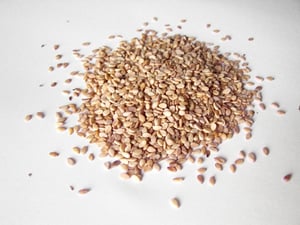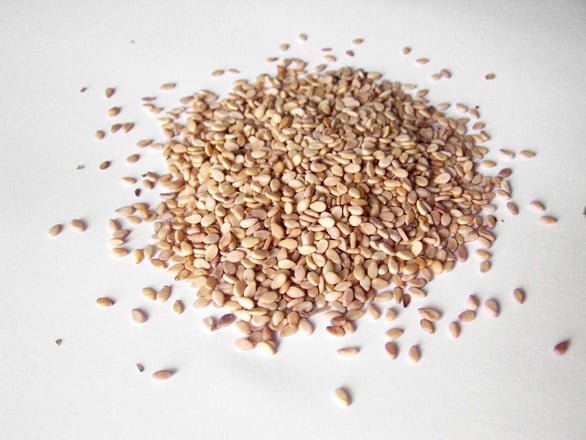Copper is a chemical element with the symbol Cu, from Latin: cuprum, and atomic number 29.
Copper proteins – proteins that contain one or more copper ions as prosthetic groups – have diverse roles in biological electron transport and oxygen transportation, processes that exploit the easy interconversion of Cu(I) and Cu(II).
Detailed in ‘COPs and Robbers: Putative evolution of copper oxygen-binding proteins’ by Decker, H. and Terwilliger, N. (2000), published in The Journal of Experimental Biology, the biological role for copper began with the appearance of oxygen in Earth's atmosphere.

The protein hemocyanin is the oxygen carrier in most mollusks and some arthropods and because hemocyanin is blue, these organisms have blue blood, not the red blood found in organisms that rely on hemoglobin for this purpose.
Structurally related to hemocyanin are the laccases and tyrosinases – copper-containing oxidase enzymes that are found in many plants, fungi, and microorganisms. Instead of reversibly binding oxygen, these proteins hydroxylate substrates, illustrated by their role in the formation of lacquers.
Copper is also a component of other proteins associated with the processing of oxygen. In cytochrome c oxidase, which is required for aerobic respiration, copper and iron cooperate in the reduction of oxygen. Copper is also found in many superoxide dismutases – proteins that catalyse the decomposition of superoxides – by converting it (by disproportionation) to oxygen and hydrogen peroxide.
Copper is an essential trace element in plants and animals, but not some microorganisms. The human body contains copper at a level of about 1.4 to 2.1 mg per kg of body mass. In other words, the Recommended Dietary Allowance (RDA) for copper in normal healthy adults is stated as 0.97 mg/day - 3.0 mg/day.
Copper is absorbed in the gut and then transported to the liver bound to albumin – a protein that in humans is encoded by the ALB gene. After processing in the liver, copper is distributed to other tissues in a second phase. Copper transport here involves the protein ceruloplasmin, which carries the majority of copper in blood. Ceruloplasmin also carries copper that is excreted in milk, and is particularly well-absorbed as a copper source.
Copper in the body normally undergoes enterohepatic circulation – the circulation of substances from the liver to the bile, followed by entry into the small intestine, absorption by the enterocyte and transport back to the liver – about 5 mg a day, vs. about 1 mg per day absorbed in the diet and excreted from the body. The body is able to excrete some excess copper, if needed, via bile, which carries some copper out of the liver that is not then reabsorbed by the intestine.
(Image Credit: Gokhan Okur at www.freeimages.com)


